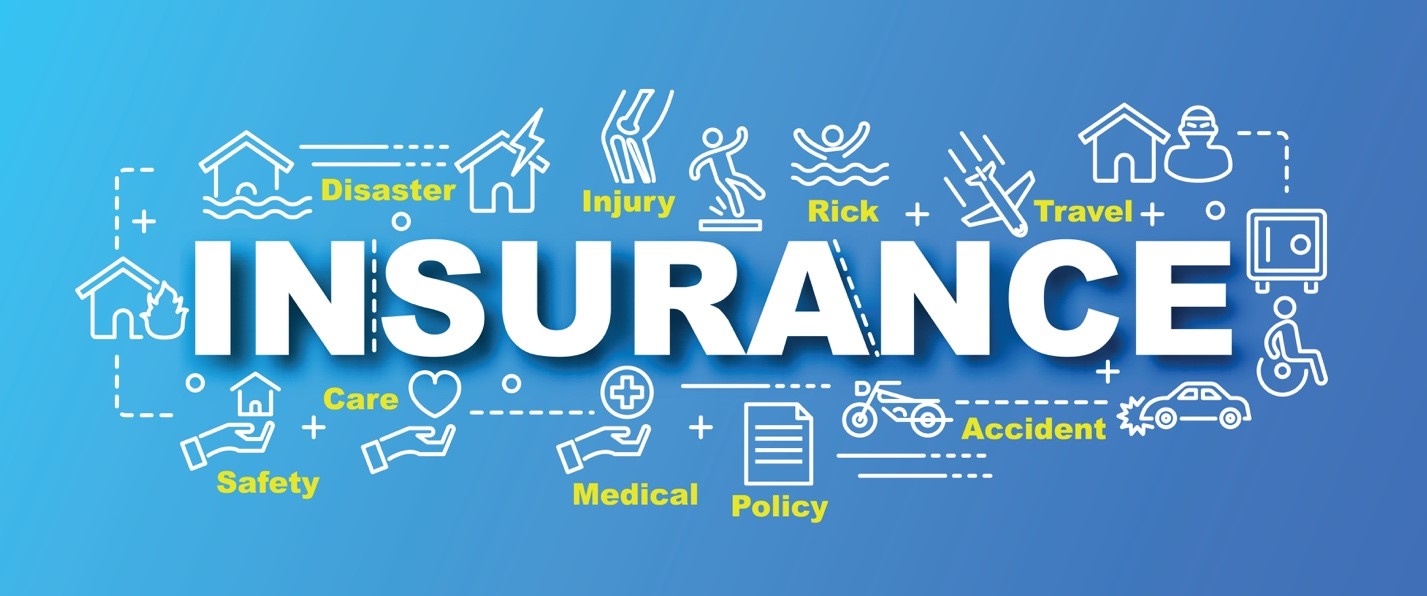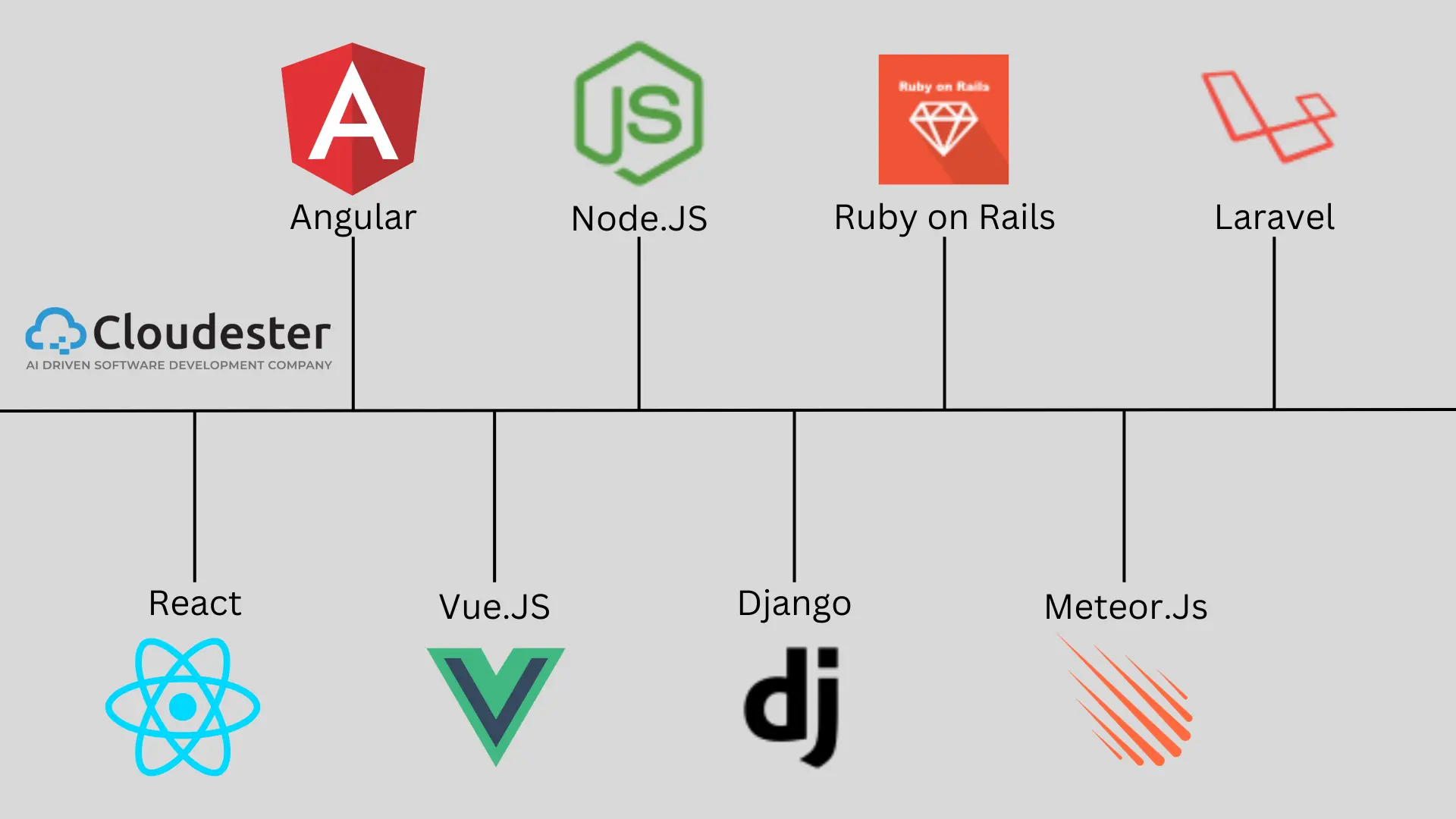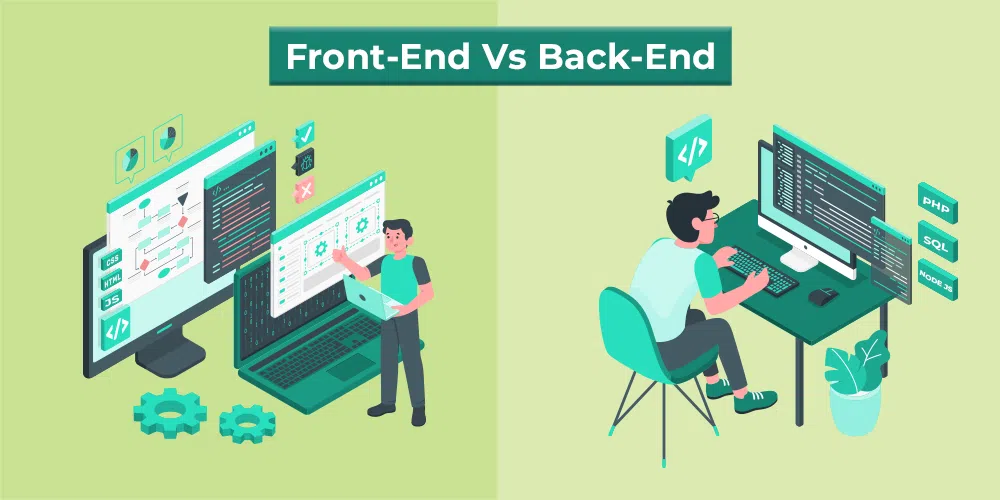Introduction
Choosing the right insurance policy can feel overwhelming. With countless companies, plans, and confusing jargon, many people either delay buying insurance or pick one without understanding the coverage. But the right policy can protect you from financial crises, and even secure your family's future.
This guide will help you navigate the insurance world confidently and make smarter, more informed choices when selecting a policy.
Step 1: Identify Your Needs
Before jumping into quotes or comparing premiums, ask yourself:
What are you trying to protect? (Your health, life, vehicle, home, etc.)
Do you have dependents who rely on your income?
Are you prone to certain health risks?
Do you travel frequently?
Do you own a business or valuable property?
✅ Example:
If you're your family's sole earner, life and health insurance should be your top priorities.
Step 2: Understand Different Types of Insurance
Different policies serve different purposes. Here are the main categories to consider:
Life Insurance – Financial support for your family if you pass away.
Health Insurance – Covers hospitalisation and medical expenses.
Motor Insurance – Protects your vehicle and legal liabilities.
Home Insurance – Covers property damage or loss.
Travel Insurance – Secures you during trips abroad.
Critical Illness Insurance – Covers serious illnesses with lump sum payouts.
📝 Tip: Don’t buy all at once—start with essentials and expand as your life stage changes.
Step 3: Compare Plans and Providers
Once you've identified your needs:
Research reputed insurance providers – Check ratings, customer reviews, and claim settlement ratios.
Use comparison websites – These help you compare features, premiums, benefits, and add-ons.
Check if the plan fits your budget – Don’t buy the cheapest. Buy what offers the best value for your money.
💡 Key factors to compare:
Premium amount
Coverage amount (sum insured)
Inclusions and exclusions
Waiting period (especially in health insurance)
Add-ons (riders)
Step 4: Read the Fine Print
The most overlooked step—but the most important. Always read the policy document to know:
What’s covered: Treatments, accidents, illnesses, etc.
What’s not covered: Pre-existing diseases, specific conditions, war, self-inflicted injuries, etc.
Terms for claim rejection: Missing documentation, late claims, or non-disclosure.
✅ Be transparent during policy purchase—hiding health issues or income details can lead to claim rejection later.
Step 5: Check the Claim Settlement Ratio (CSR)
The claim settlement ratio indicates the percentage of claims an insurance company settles versus the claims it receives.
📊 A CSR of >95% is considered very good.
Check it on the official website of:
IRDAI (India)
NAIC (USA)
FCA (UK)
Step 6: Know About Riders or Add-Ons
Many policies offer additional cover for a small fee:
Accidental death benefit
Critical illness rider
Hospital cash benefit
Maternity cover
Room rent waiver
These can enhance your base coverage significantly.
Step 7: Consider Future Needs
Your insurance needs evolve over time.
Newly married? Add your spouse to your health plan.
Having a child? Increase your life cover.
Buying a home? Get property insurance.
Earning more? Upgrade to better coverage.
📈 Tip: Review and revise your policies every 2–3 years.
Step 8: Buy Online or Through Trusted Agents
Online purchase pros:
Lower premiums (no agent commission)
Instant policy issuance
Easy comparisons
Agent pros:
Personalized guidance
Help with documentation and claims
Choose what works best for your confidence level and experience.
Conclusion
Choosing the right insurance isn’t about picking the cheapest premium or biggest brand—it’s about understanding your needs, evaluating coverage, and ensuring the provider is reliable when it’s time to make a claim.
With careful research and the steps above, you’ll not only protect your finances but also gain peace of mind for the long run.













Recent Comments
No comments yet.